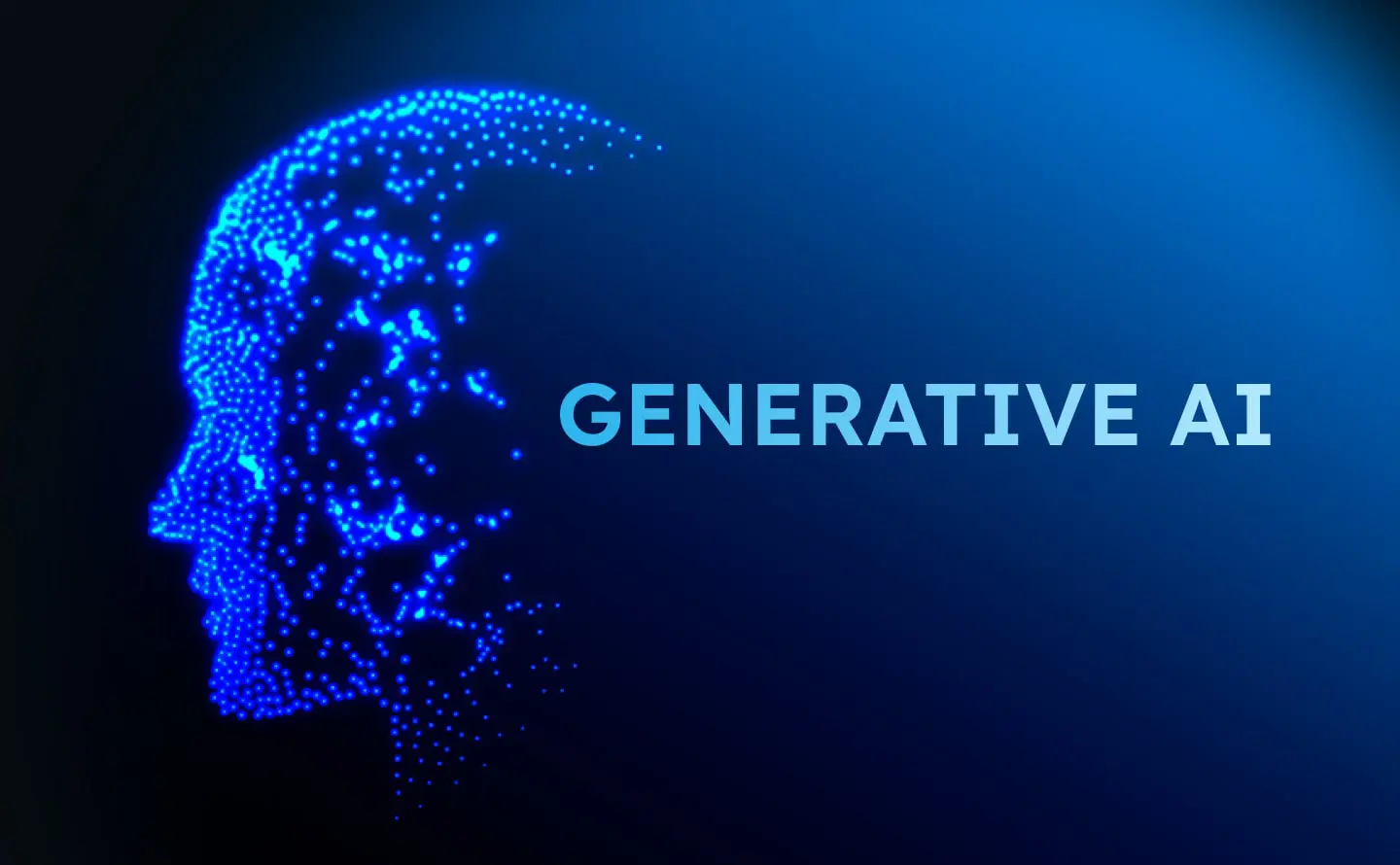Generative AI Market Expansion, Technological Advancements & Future Scope | 2035

The mergers and acquisitions (M&A) landscape in the generative AI market is a high-stakes and rapidly moving field, characterized by a strategic "arms race" among the major technology giants to acquire key talent and cutting-edge technology. A strategic analysis of Generative AI Market Mergers & Acquisitions and major investments reveals a landscape that is less about traditional consolidation of competitors and more about the acquisition of specialized expertise and the vertical integration of the AI technology stack. In this nascent industry, where talent is scarce and technological breakthroughs happen quickly, M&A is the primary tool for large companies to accelerate their R&D, fill gaps in their portfolios, and secure a competitive advantage. The market's explosive growth and the immense venture capital funding flowing into AI startups have created a fertile and high-valuation M&A environment. The Generative AI Market size is projected to grow USD 50 Billion by 2035, exhibiting a CAGR of 19.74% during the forecast period 2025-2035. The M&A activity we are seeing is a clear indicator of the strategic priorities of the major players as they jockey for position in this new technological era.
The most common and strategically important type of M&A in the generative AI space is the "acqui-hire." The most valuable asset in the entire industry is not a specific algorithm or dataset, but the small number of world-class AI researchers and engineers who know how to build and train large-scale models. Major technology companies like Google, Microsoft, and Apple are in a fierce war for this talent. They are frequently acquiring entire AI startups not for their product or revenue, but simply to bring their team of 10 or 20 elite AI researchers in-house. The acquisition of French AI startup Mistral AI by Microsoft, or Google's acquisition of DeepMind years ago, are prime examples of deals where the primary asset being acquired was the human capital. These deals are a direct reflection of the extreme talent shortage at the highest levels of AI research and are a key strategy for the major players to bolster their internal R&D capabilities and stay at the cutting edge of the field.
Looking forward, as the foundational model layer consolidates, M&A activity is likely to shift towards the application and infrastructure layers. We can expect to see the major platform companies (like Salesforce, Adobe, and ServiceNow) acquiring innovative generative AI startups that have built successful applications for a specific business function. For example, Adobe might acquire a startup that has developed a superior AI-powered video generation tool to integrate into its Creative Suite. Salesforce might acquire an AI startup that specializes in generating personalized sales outreach emails. This will be a major trend of the major SaaS players buying up the most promising "feature" companies to embed their technology into their own massive platforms. Another key area for M&A will be in the AI infrastructure and tooling space. This could include acquisitions of companies that have developed more efficient ways to run AI models (inference optimization), better tools for managing and evaluating LLMs (LLM-ops), or novel approaches to data security and privacy in the age of generative AI. The M&A landscape will continue to be a primary mechanism for technology transfer and for the major platforms to build out their comprehensive AI ecosystems.
Top Trending Reports -
Japan Operational Technology Security Market
- Art
- Causes
- Crafts
- Dance
- Drinks
- Film
- Fitness
- Food
- Παιχνίδια
- Gardening
- Health
- Κεντρική Σελίδα
- Literature
- Music
- Networking
- άλλο
- Party
- Religion
- Shopping
- Sports
- Theater
- Wellness


